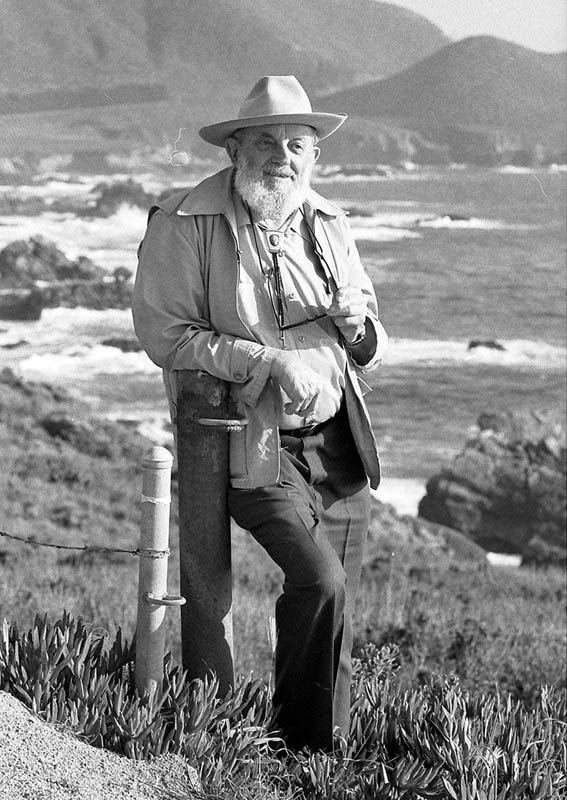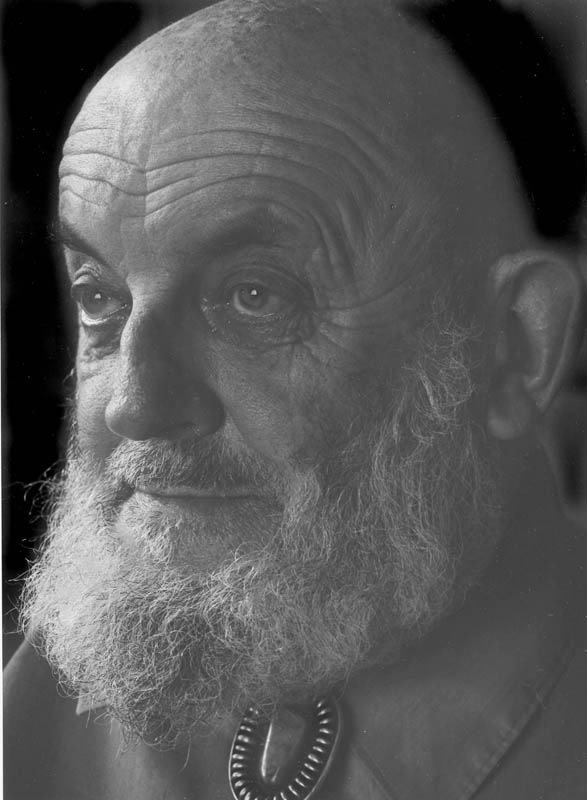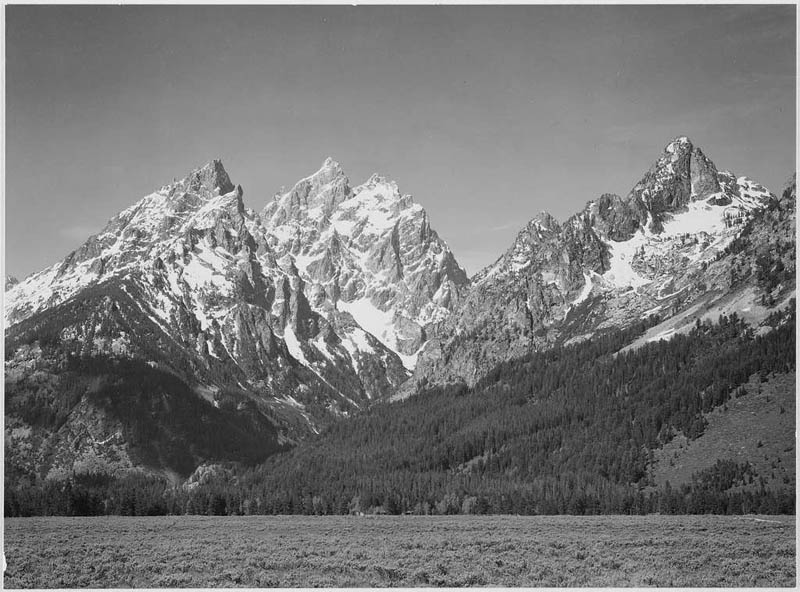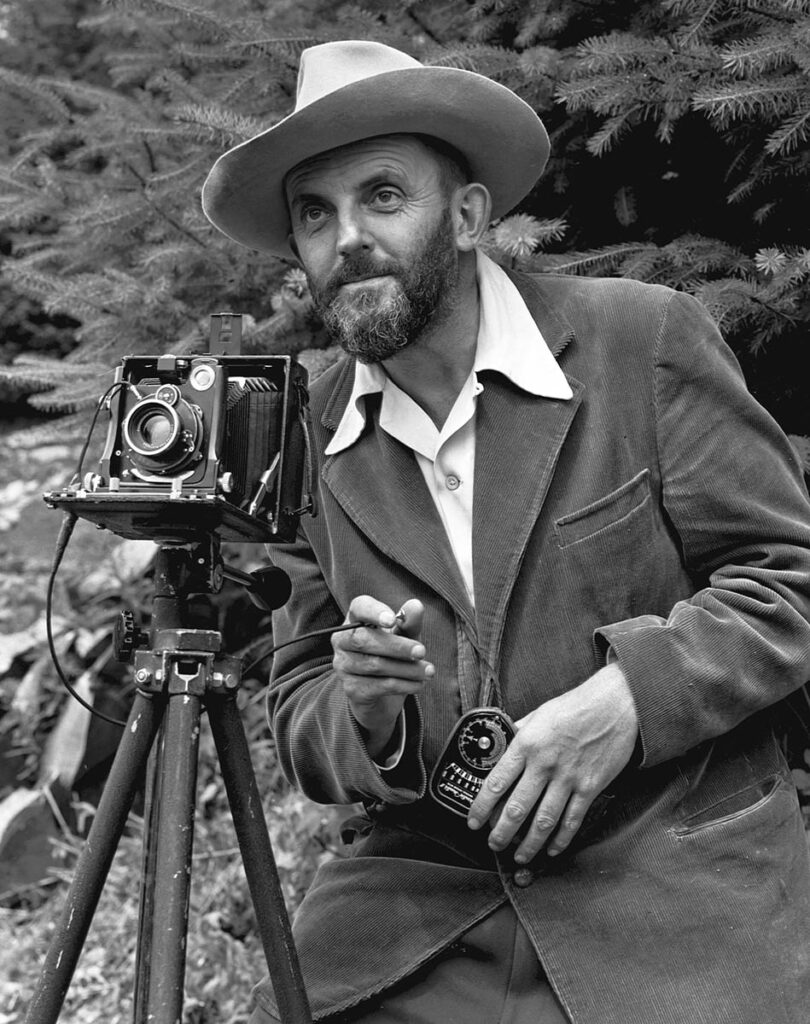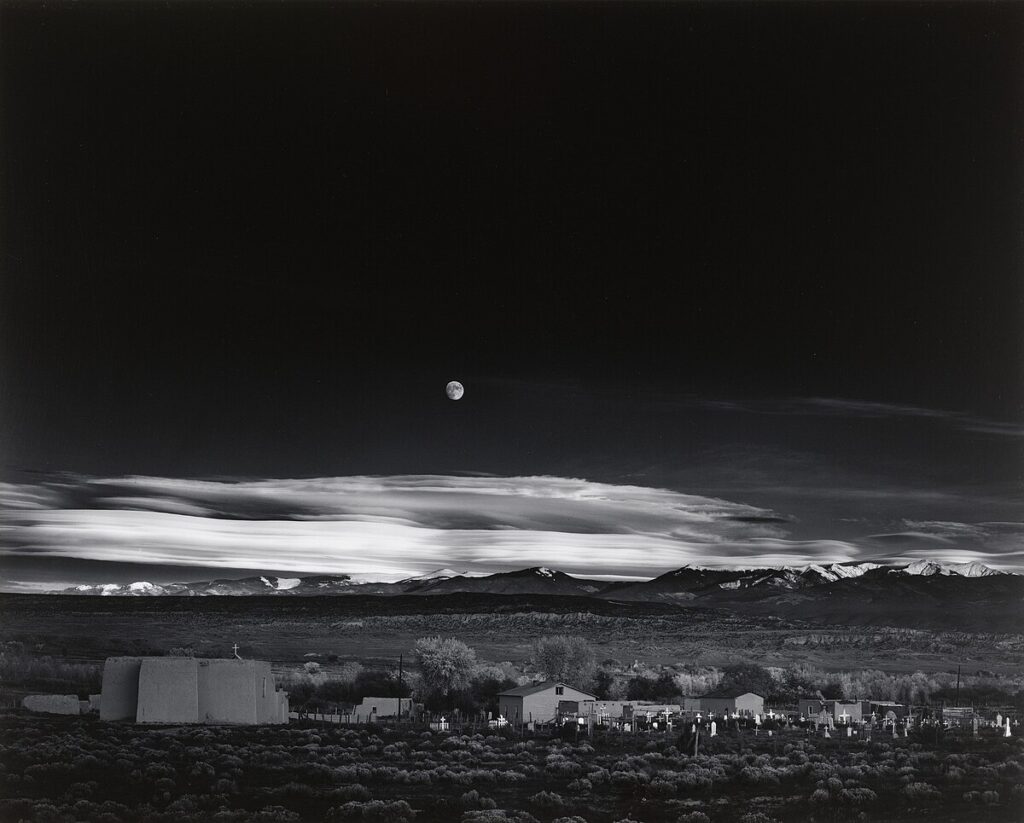Ansel Adams: Master of Landscape Photography
Ansel Adams, renowned for his breathtaking landscapes and pioneering techniques. He remains one of the most influential photographers of the 20th century. With his iconic black-and-white images of the American West, Adams captured the sublime beauty of nature. He inspired generations of photographers and environmentalists alike. Let’s dive into the life, works, and photographic techniques of this legendary artist.
Early Life and Inspiration:
Ansel Easton Adams was born on February 20, 1902, in San Francisco, California. Growing up in a family of modest means, Adams developed a deep love for the outdoors from an early age. His passion for photography was ignited during a family trip to Yosemite National Park in 1916. He clicked with his first camera, a Kodak Brownie box camera. This experience sparked a lifelong fascination with the natural world and the art of photography.
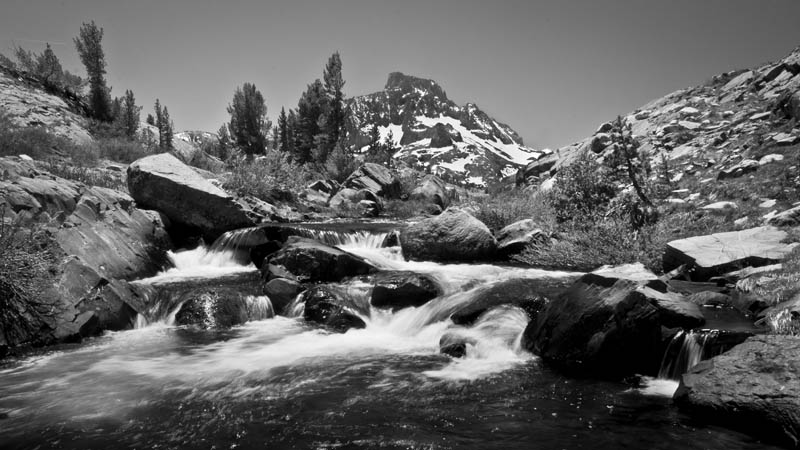
Journey into Photography:
Adams’s early career was shaped by his explorations of the Sierra Nevada mountains and the rugged landscapes of the American West. He honed his technical skills and developed his distinctive style, characterized by meticulous attention to detail and a mastery of light and composition. Adams’s deep reverence for nature and his commitment to environmental conservation would become central themes in his work.
Iconic Works:
Ansel Adams’s body of work is defined by its striking visual clarity and emotional depth. His iconic images, such as “Moonrise, Hernandez, New Mexico” and “Clearing Winter Storm, Yosemite National Park” etc. He captured the majesty and grandeur of the natural world with breathtaking precision. Adams’s photographs evoke a sense of awe and reverence, inviting viewers to contemplate the beauty and fragility of our planet.



Camera and Lens Uses:
Adams’s preferred camera was a large-format view camera. Such as the 8×10-inch or 4×5-inch formats. They allowed him to capture the intricate details of landscapes with unparalleled clarity and sharpness. He often used a variety of lenses, including wide-angle and telephoto lenses, to achieve different perspectives and compositions. Adams’s meticulous approach to equipment and technique was instrumental in achieving the technical excellence for which he is renowned.




Techniques and Approach:
Adams’s photographic technique was characterized by his meticulous attention to detail and his innovative use of the “zone system.” It is a method for controlling exposure and tonal range in black-and-white photography. He meticulously planned each aspect of his images from composition to exposure. He often spending hours in the darkroom perfecting the final print. Adams’s commitment to craftsmanship and technical precision set him apart as a master of his craft.

- Presidential Medal of Freedom:
One of the highest civilian awards in the United States. The Presidential Medal of Freedom was bestowed upon Ansel Adams in 1980 by President Jimmy Carter. This prestigious honor recognized Adams’ profound impact on American culture and his lifelong dedication to preserving the beauty of the natural world through his photography. - Hasselblad Award:
In 1981, Ansel Adams was awarded the prestigious Hasselblad Award for his exceptional contributions to the field of photography. This esteemed honor given for his unparalleled talent, vision, and technical mastery. He was recognized as a pioneer in the art of landscape photography. - Conservation Awards:
Throughout his life, Ansel Adams was a passionate advocate for the preservation of wilderness and the environment. In recognition of his tireless efforts to raise awareness about conservation issues, Adams received numerous awards and honors from environmental organizations such as the Sierra Club and the Wilderness Society. - Honorary Doctorates:
Ansel Adams was awarded several honorary doctorates from prestigious universities in recognition of his contributions to the field of photography and his commitment to environmental conservation. These honorary degrees underscored Adams’ status as a visionary artist and a leading voice for the protection of natural landscapes.


Legacy and Impact:
Ansel Adams’s legacy extends far beyond the realm of photography, influencing generations of artists, environmentalists, and nature lovers. His images have become synonymous with the American wilderness, inspiring a renewed appreciation for the natural world and a commitment to its preservation. Adams’s advocacy for environmental conservation led to the establishment of several national parks and wilderness areas which ensures that future generations will be able to experience the beauty of the landscapes he so passionately documented.

In a world increasingly disconnected from the rhythms of nature, Ansel Adams’s photographs serve as a reminder of the inherent beauty and power of the natural world. Through his lens, he invites us to reconnect with the landscapes that surround us, to marvel at their splendor, and to recognize our responsibility to protect and preserve them for future generations.


